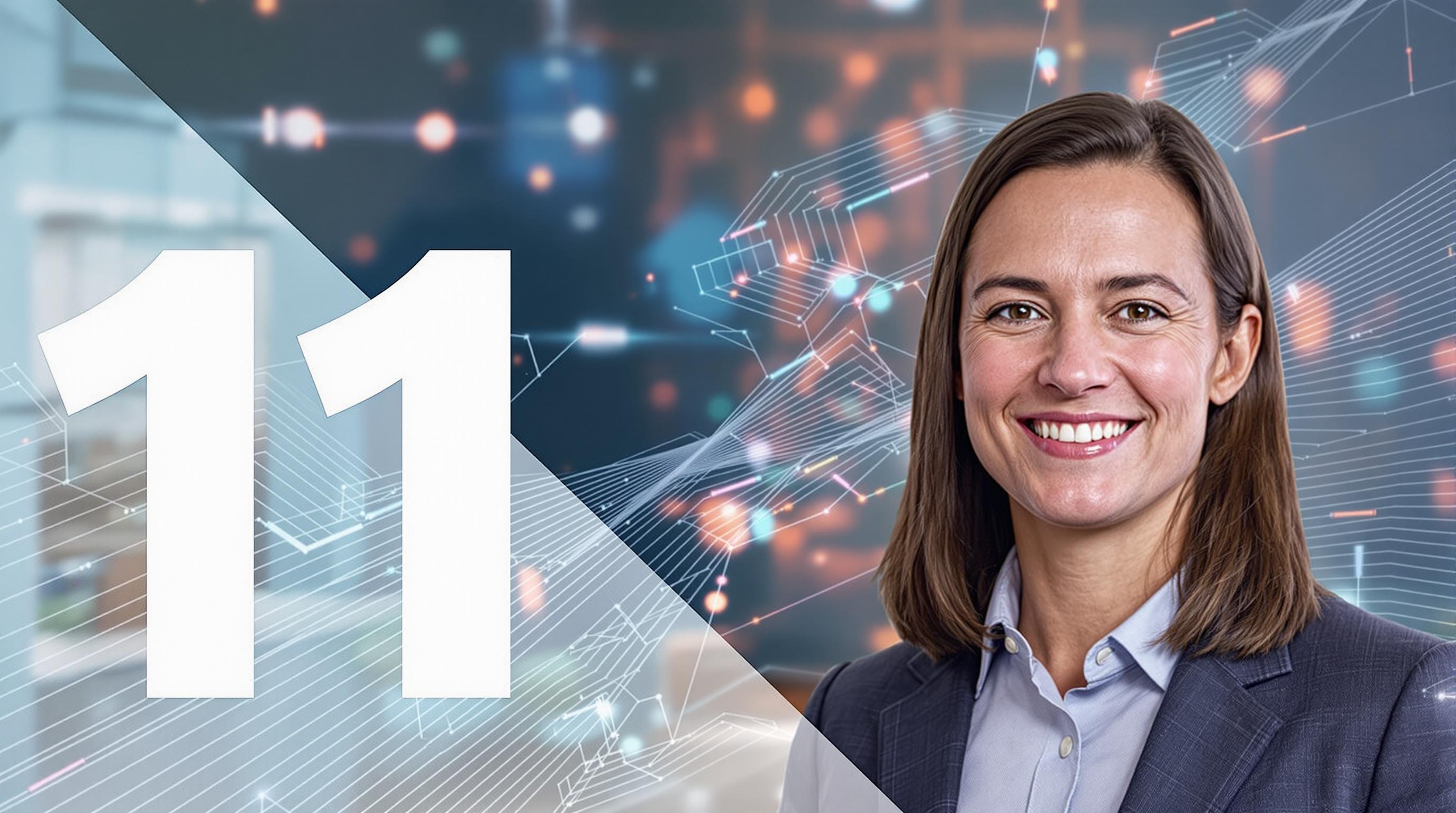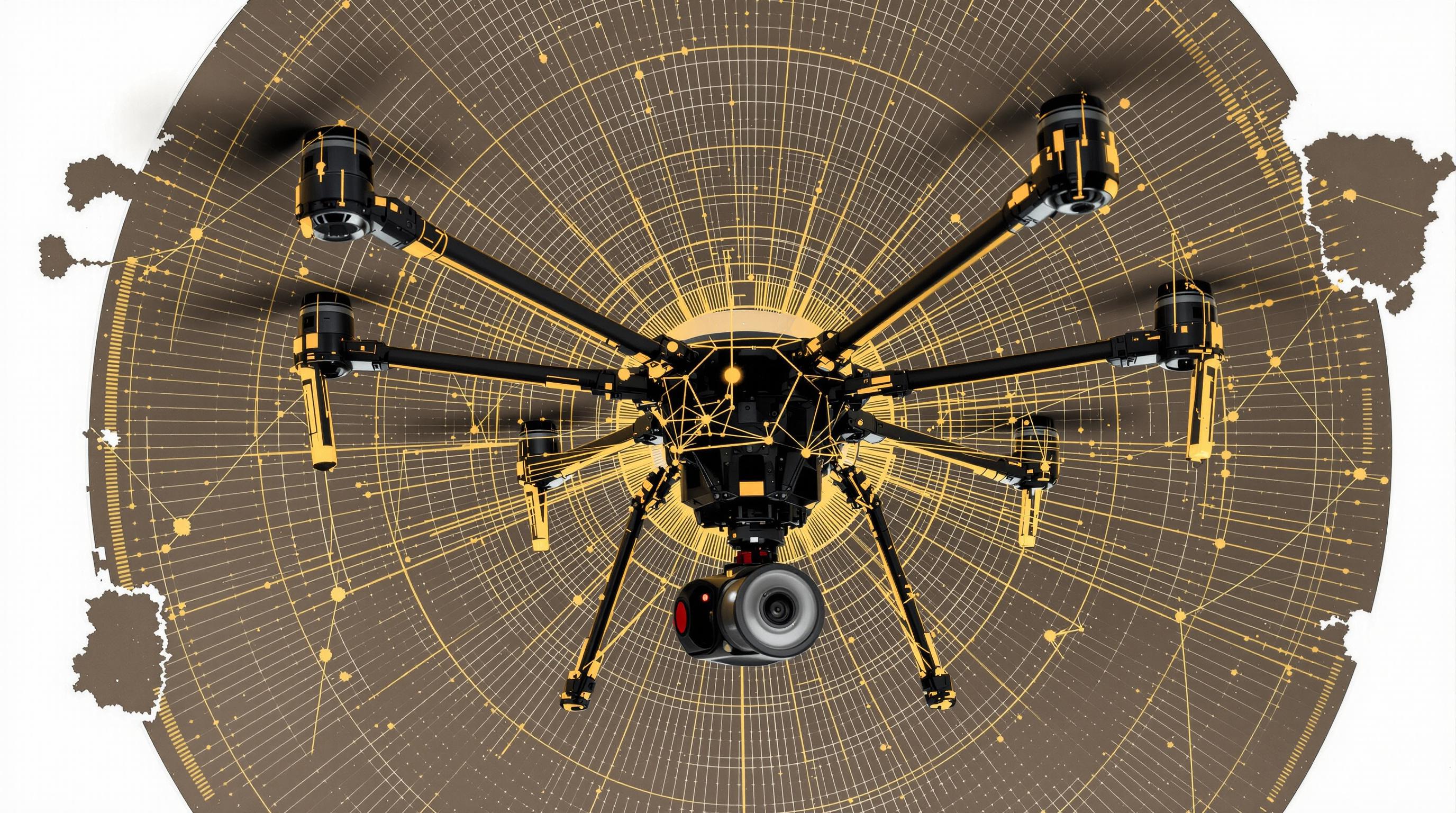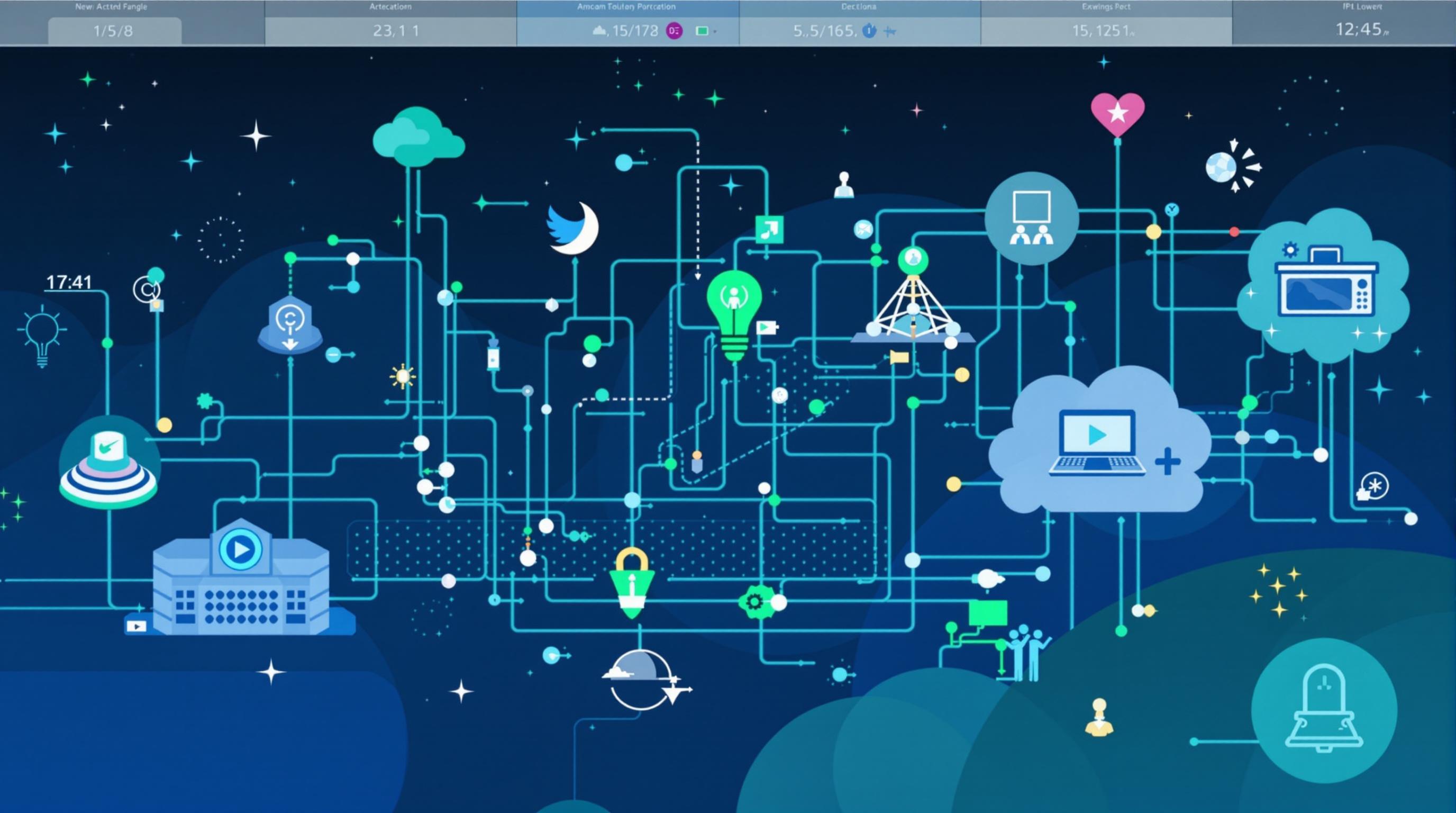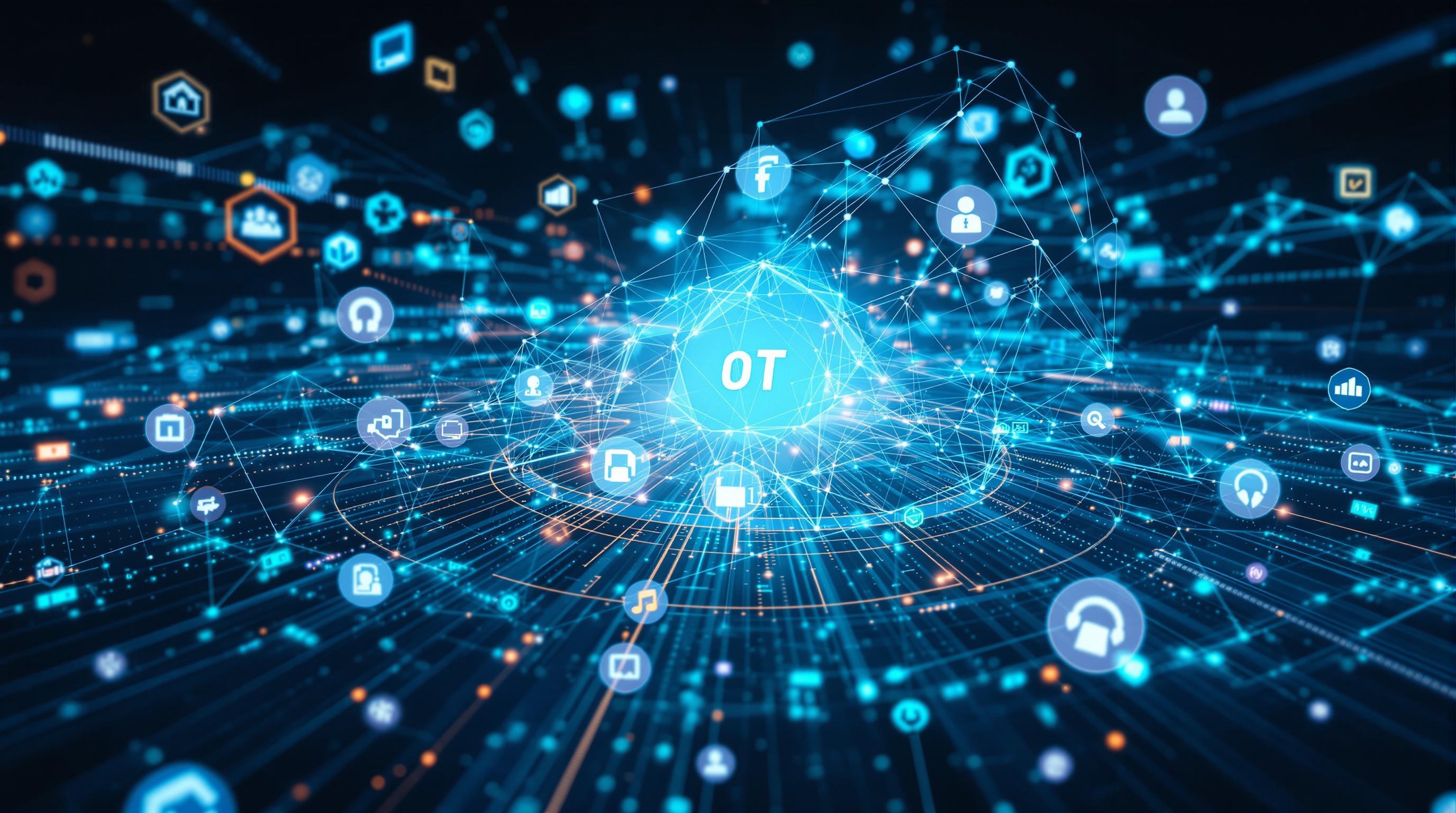Related Articles
- Harnessing Nostalgia: How Memory Mapping Can Inspire Innovative Urban Infrastructure Solutions
- Revealing the Invisible: How Urban Legends Influence Public Perception of Infrastructure Projects
- Whimsical Structures: How Playgrounds Can Inspire Innovative Approaches to Urban Infrastructure Development
- The Enigmatic Impact of Dark Fiber Networks on the Future of Digital Ecosystems and Their Capacity to Scale
- Beyond the Horizon: Exploring the Impact of Cultural Nuances on Global Digital Infrastructure Expansion
- Whispers of the Future: How AI-Driven Edge Computing Redefines Network Resilience and Flexibility
11 Revolutionary Methods: How Digital Twins Are Reshaping Internet Scalability Solutions for the Smart Infrastructure Era
11 Revolutionary Methods: How Digital Twins Are Reshaping Internet Scalability Solutions for the Smart Infrastructure Era
11 Revolutionary Methods: How Digital Twins Are Reshaping Internet Scalability Solutions for the Smart Infrastructure Era
Introduction to Digital Twins
In the realm of smart infrastructure, digital twins have emerged as a transformative concept, enabling organizations to create virtual replicas of physical entities. By utilizing sensors and data analytics, digital twins allow for real-time monitoring and simulation, bridging the gap between the physical and digital worlds. This innovation provides a foundation for scalable internet solutions, essential in our increasingly interconnected societies.
As businesses grapple with the challenges of growth and expanding infrastructure demands, digital twins present a significant opportunity to optimize performance across various sectors. They offer insights that can lead to improved decision-making, reduced operational costs, and enhanced user experiences. With the advent of the Internet of Things (IoT), the integration of digital twins into everyday infrastructure is not only logical but essential.
In the following sections, we will delve into eleven revolutionary methods showcasing the potential of digital twins to reshape internet scalability solutions and their implications for the smart infrastructure era.
1. Enhanced Predictive Maintenance
One of the most compelling advantages of digital twins is their capacity for predictive maintenance. By simulating the behavior of physical assets in real-time, organizations can foresee potential failures and maintenance needs without disrupting operations. This method minimizes downtime and ultimately leads to significant cost savings.
For instance, in manufacturing, digital twins help monitor machinery, adjusting operations preemptively to prevent failure. As outlined by McKinsey & Company, companies employing digital twin technology can reduce maintenance costs by up to 50% and increase equipment lifespan significantly.
Through the fusion of IoT data and machine learning algorithms, digital twins empower businesses with the foresight necessary to maintain maximum efficiency, which is crucial as demand for scalability rises.
2. Real-time Performance Analytics
Digital twins provide an unparalleled opportunity for real-time performance analytics. By providing continuous updates and performance benchmarks, they enable organizations to track the efficiency of their operations instantly. Importantly, this data culminates in actionable insights backed by empirical evidence from their digital counterparts.
Companies can optimize their processes by analyzing the performance metrics gleaned from their digital twins. This dynamic evaluation results in key operational adjustments, thus fostering an environment ripe for innovation and growth.
As highlighted in a report by Gartner, organizations that leverage real-time analytics through digital twins can enhance their decision-making processes, equipping them to face the rapid challenges posed by increasing infrastructure demands.
3. Streamlined Design and Development
The design phase of projects stands to benefit immensely from the integration of digital twins. Leveraging 3D modeling and simulation technologies, designers can visualize and analyze different design scenarios before execution. This capability helps identify potential challenges early in the development process.
This iterative design process driven by digital twins fosters creativity while minimizing costly mistakes. For example, architects can simulate the behavior of buildings in various environmental conditions, leading to better design decisions that enhance overall building efficiency.
As reported by the International Data Corporation (IDC), the use of digital design twins can reduce time to market by up to 30%. In an era where speed and adaptability are critical, these improvements are invaluable for scalable internet solutions.
4. Optimized Resource Allocation
With a clear understanding of how assets perform through real-time data from digital twins, organizations can allocate resources more effectively. This optimization leads to reduced waste and enhanced sustainability, which are critical components of smart infrastructure strategies.
For instance, in urban planning, city models can analyze traffic patterns and resource usage, adjusting services dynamically based on real demand. This model supports better budgeting and planning, vital for expanding urban areas.
The World Economic Forum has noted the importance of optimized resource allocation in creating sustainable cities. Digital twins equip city planners with the tools they need to make informed decisions, ensuring that infrastructure can grow alongside population demands.
5. Seamless Integration of IoT Devices
The integration of IoT devices into the infrastructure is fundamental in the smart era, and digital twins facilitate this transition. By providing a virtual model of the infrastructure, decision-makers can better understand how various IoT devices interact and affect overall functionality.
This synergy creates a comprehensive view of the operational landscape, allowing for more intuitive management and optimization of smart networks. Using simulation capabilities, organizations can conduct "what-if" analyses to explore different scenarios, ensuring that all connected devices work in harmony.
A recent study from Deloitte highlighted that the effective integration of IoT technologies through digital twins can lead to efficiency improvements of up to 40% in various sectors, underscoring their significance in scaling digital infrastructures.
6. Improved User Experiences
The interactivity afforded by digital twins extends to consumer applications as well. Businesses can leverage these virtual models to refine user interfaces and product designs, ultimately leading to enhanced user experiences. By analyzing user interaction data, companies can make iterative improvements to their offerings.
User behavior analysis powered by digital twins enables brands to stay ahead of trends and quickly adapt to changing market demands. In sectors like retail and tourism, virtual experiences can be tailored to individual preferences, thus creating lasting connections with consumers.
As noted by a report from McKinsey, organizations investing in improved user experiences via digital twins often see customer satisfaction ratings soar, which is essential in today's competitive landscape.
7. Greater Collaboration Across Teams
Digital twins also foster collaboration across various teams within organizations. By sharing a common virtual model, cross-functional teams can work together more efficiently, reducing silos and streamlining workflows. This collaborative approach is vital in projects that involve multiple departments, ensuring alignment on shared objectives.
For example, engineers, marketers, and sales teams can all access the same digital twin, leading to a more unified approach to product development and launch. Insights gleaned from one discipline can inform another, thus enhancing the overall outcome.
According to research by PwC, organizations that embrace collaborative approaches to digital twin adoption can realize productivity improvements of up to 35%, indicating the value of a cohesive team effort in scalability initiatives.
8. Enhanced Security Measures
As digital infrastructure becomes increasingly complex, security becomes a major concern. Digital twins can simulate potential security threats, allowing organizations to develop better prevention strategies ahead of time. By understanding vulnerabilities, security teams can design more robust defenses around their operational environments.
In the realm of smart cities, digital twins enable authorities to preemptively identify potential areas of concern, leading to proactive rather than reactive measures in cybersecurity. This anticipative strategy is critical for protecting sensitive data against rising cyber threats.
A study by IBM revealed that organizations utilizing digital twins for security can reduce incident response times by as much as 60%, offering a critical advantage in maintaining the integrity of their infrastructures.
9. Sustainable Practices for Smart Infrastructure
Digital twins play a crucial role in promoting sustainability within smart infrastructures. They allow organizations to evaluate environmental impacts through simulations that measure energy consumption and carbon footprints. This analytical capability leads to more informed decisions regarding resource usage, waste management, and emissions criteria.
As demand for greener technologies rises, digital twins provide clear pathways for companies to transition towards sustainable methodologies. They enable businesses to model the effects of green investments, guiding efforts to adopt renewable energy sources or implement circular economy practices.
The Global Sustainability Report stresses that incorporating digital twins into sustainability strategies allows for greater accountability and better performance tracking, which are essential in today's eco-conscious marketplace.
10. Continuous Improvement through Feedback Loops
Digital twins foster a culture of continuous improvement by implementing feedback loops wherein operational insights are relayed back into the system. This real-time data flow allows organizations to refine processes actively, leveraging performance data to make incremental improvements that accumulate over time.
Through this iterative learning process, businesses can stay agile and responsive to changes in market conditions or consumer needs. This flexibility is integral in satisfying the demands of a rapidly evolving digital landscape.
Boston Consulting Group emphasizes that organizations utilizing digital twins as part of their feedback system can achieve faster adaptability, reinforcing the idea that continuous improvement is a cornerstone of scalable solutions.
Conclusion
The impact of digital twins on the scalability of internet solutions for smart infrastructures is profound. From predictive maintenance to seamless IoT integration, these virtual models offer innovative methods that equip organizations to navigate the challenges of an increasingly complex landscape.
As industries worldwide recognize the potential of digital twins, the convergence of technology and creativity unfolds. The shift toward smart infrastructures not only enhances operational efficiency but also fosters environmental and societal benefits.
In the smart infrastructure era, the journey of scaling digital solutions is undoubtedly supported by the revolutionary capabilities of digital twins, shaping a future rich with possibilities and enhanced connectivity.




